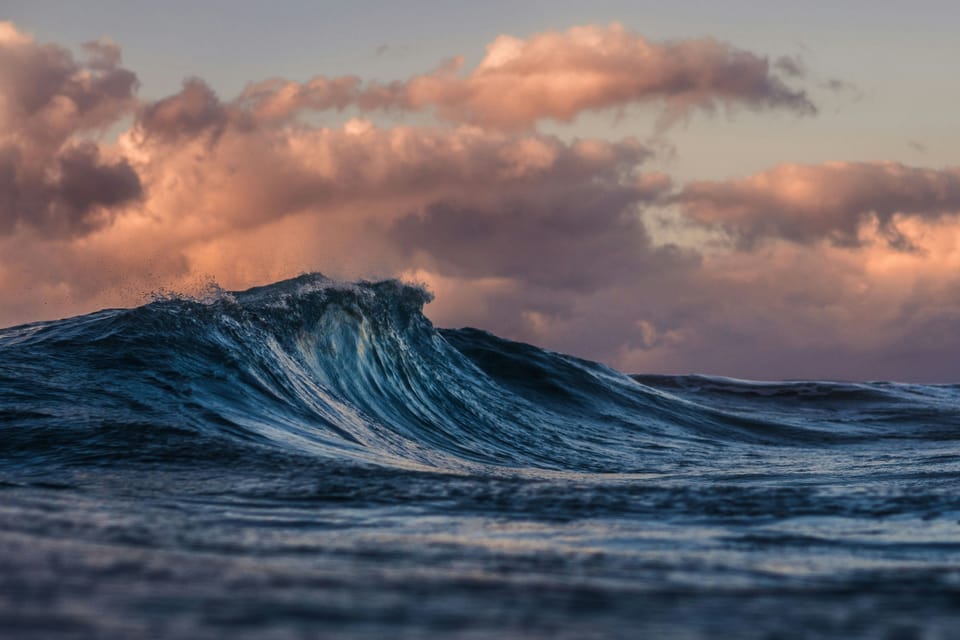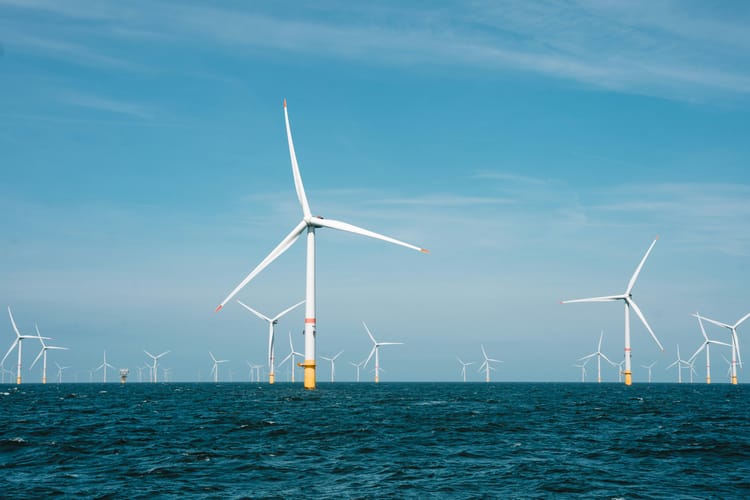High Seas Treaty ratified, will come into force next year
Ratification has been particularly fast for such a global instrument.

The High Seas Treaty, developed to protect marine biodiversity beyond national borders, has now been ratified by nearly 70 countries – formalising its implementation towards the end of 2026.
The global adoption of the treaty was triggered by Morocco earlier this month, but since then, six more countries have ratified the agreement, bringing the total number to 69 – including the European Union.







